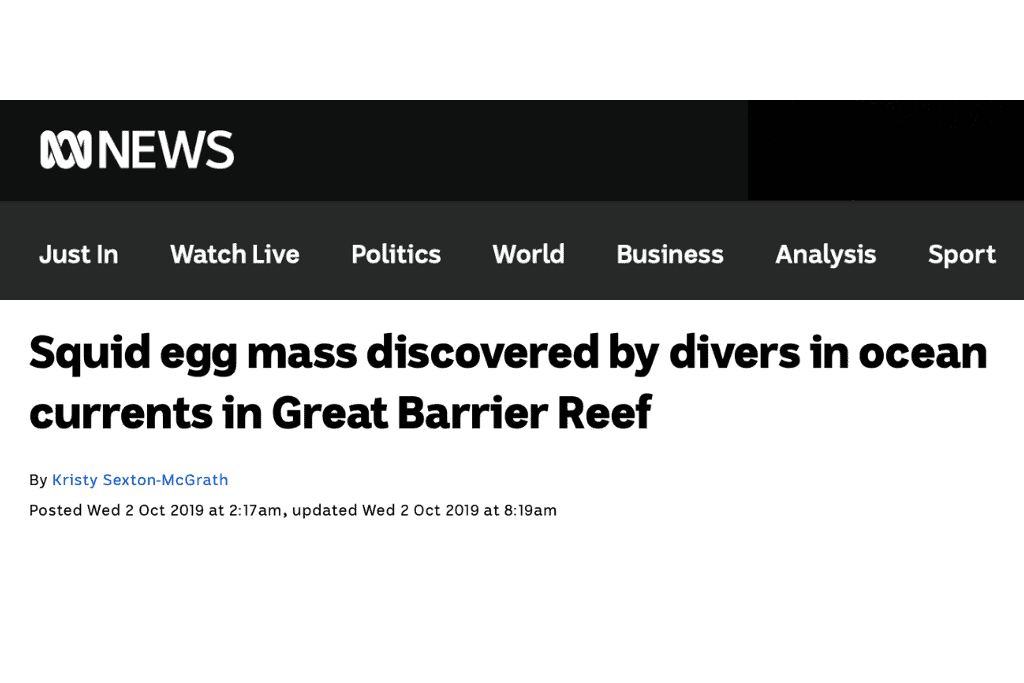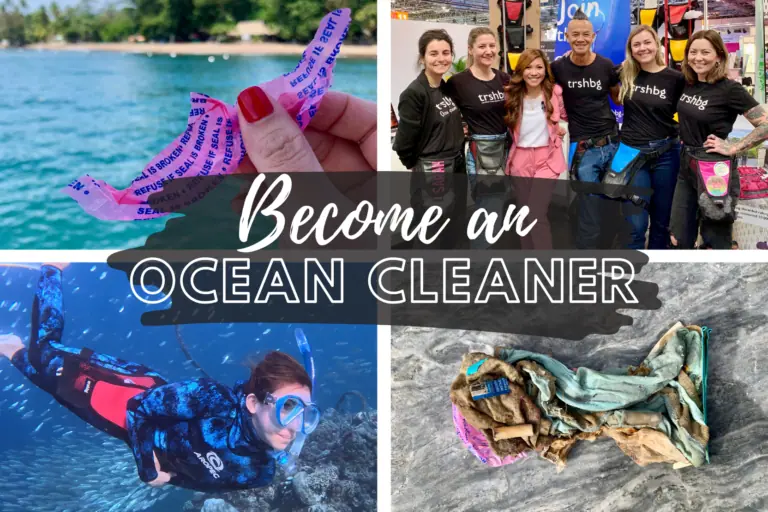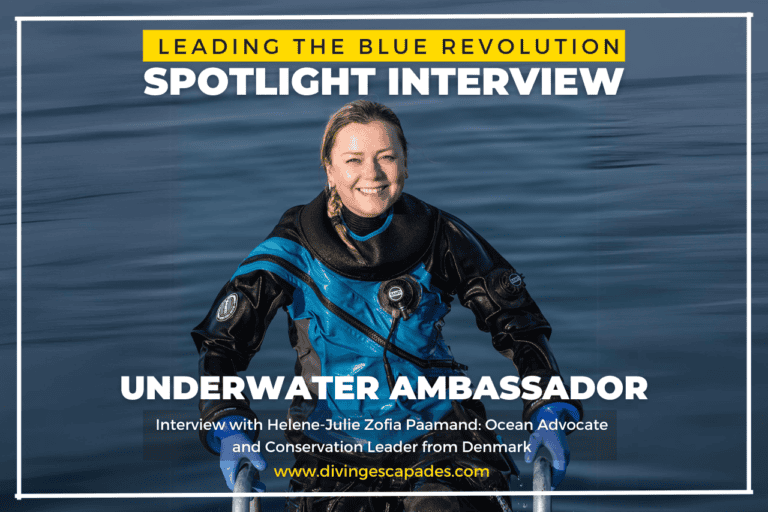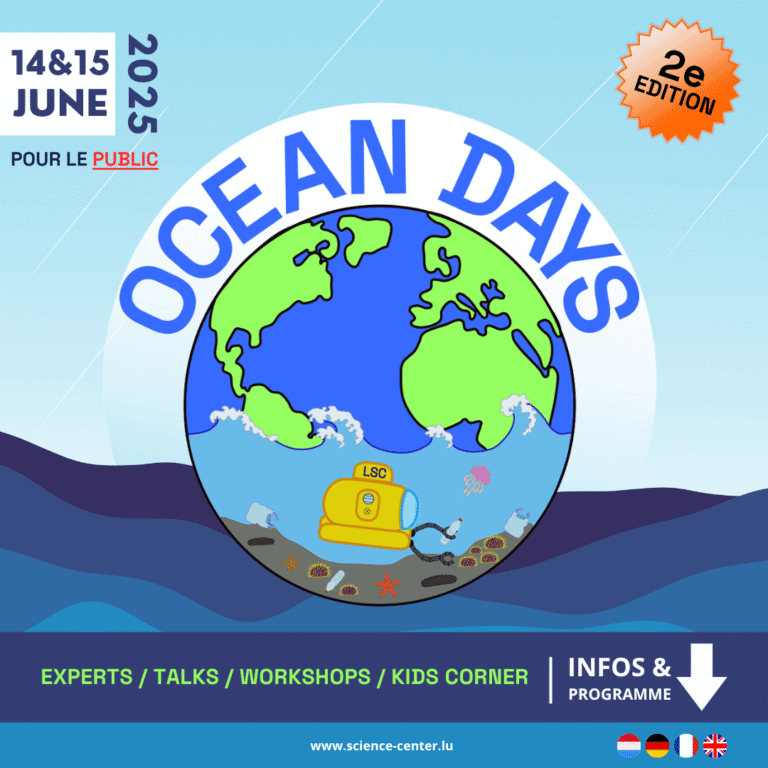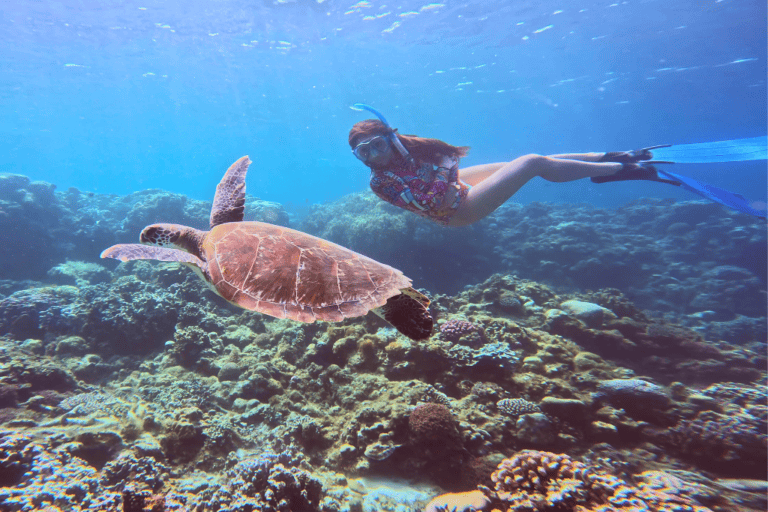Rare Diamondback Squid Egg Mass Spotted in Moalboal, Philippines
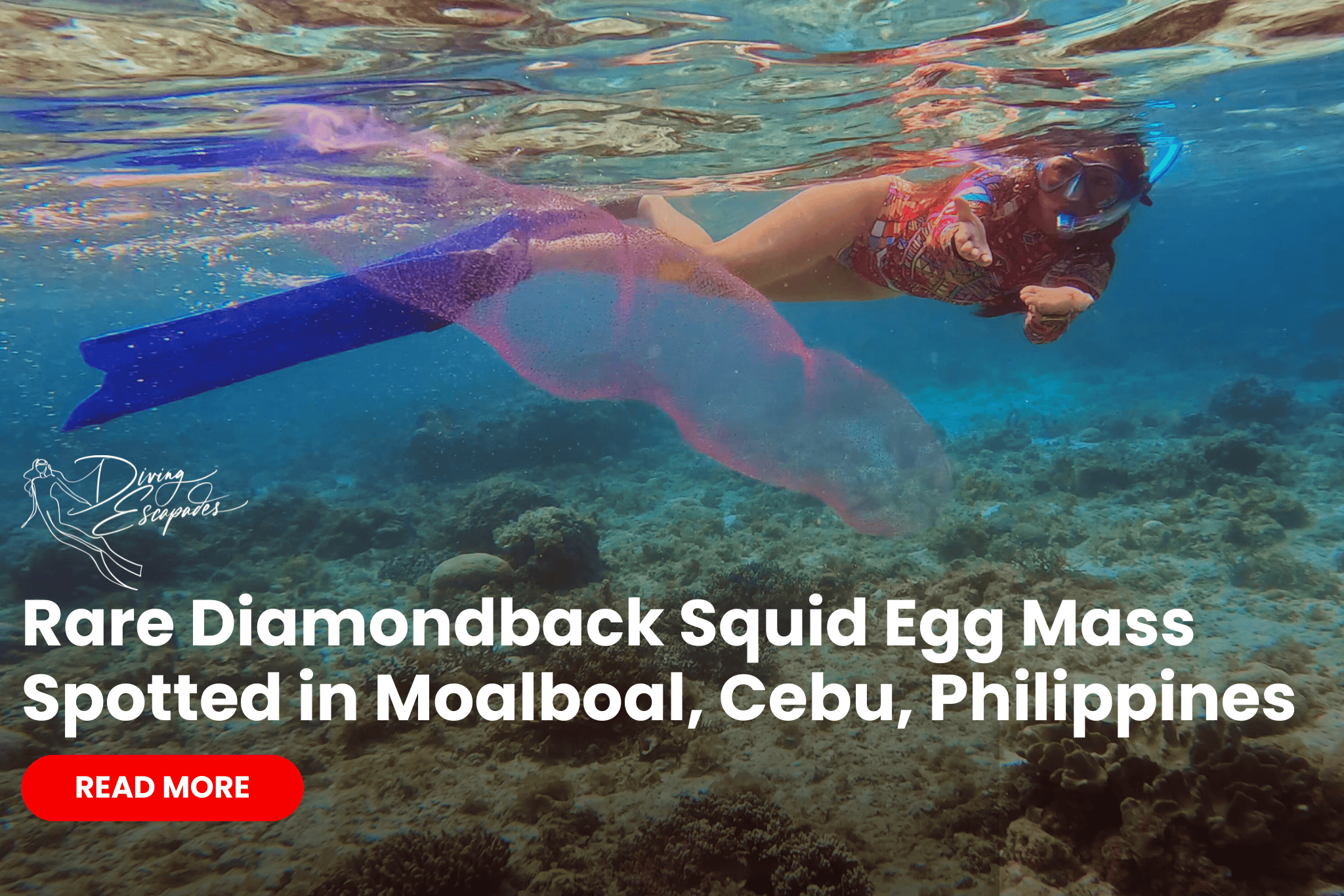
While snorkeling in the crystal-clear waters of Moalboal, Cebu, Philippines, I had an encounter that left me both puzzled and amazed. What initially seemed like free-floating plastic soon revealed itself to be something far more extraordinary — a rare diamondback squid egg mass.
At first, I thought it might be a jellyfish, but as a marine enthusiast with years of diving experience, I knew something was different. Months of research and reviewing my footage finally led to the correct identification of this mysterious sighting: the egg mass of the elusive diamondback squid, scientifically known as Thysanoteuthis rhombus.
The Discovery
This footage was captured in early March 2024 while I was freediving and snorkeling on my last day in Moalboal. Little did I know that I would encounter something extraordinary.
For over three months, I was puzzled by what I had filmed. I carefully reviewed the footage and searched online for jellyfish or other marine creatures, but nothing seemed to match.
Despite my best efforts, the mystery persisted until I stumbled upon a 2019 news article about a similar discovery in the Great Barrier Reef, in Queensland, Australia. That’s when I found my answer: this was no ordinary marine creature, but an egg mass belonging to the diamondback squid, scientifically known as Thysanoteuthis rhombus.
Understanding the Diamond Squid Egg Mass
The egg mass of the diamond squid is a rare and captivating phenomenon. These gelatinous structures often look like floating plastic debris or jellyfish due to their translucent appearance and unusual form.
However, they are actually aggregations of thousands of developing squid embryos. At first glance, their resemblance to marine debris can cause confusion. But a closer look reveals intricate patterns and delicate movements within the mass, uncovering its true nature.
The egg mass can stretch up to a few meters in length. These masses create shimmering, little pearl-like structures that drift gracefully through the ocean’s upper layers.
The gelatinous matrix of the egg mass plays a crucial role in ensuring the embryos’ survival. Its buoyancy keeps the mass suspended in the ocean’s upper layers. This is where the temperature and oxygen levels are more favorable for their development.
This buoyancy also protects the embryos from predators by keeping them away from the ocean floor, reducing their vulnerability. Additionally, the gelatinous structure shields the embryos from environmental stresses like fluctuations in salinity and temperature. This in turn provides a stable environment essential for their development. (Misaki and Okutani 1976; Suzuki et al. 1979; Billings et al. 2000; Miyahara et al. 2006).
A Rare Distribution
Diamond squid are known for their widespread yet sparse distribution across the world’s oceans. Sightings of their egg masses are incredibly rare.
According to a 2022 study, only 108 recorded sightings have been documented over the past 200 years. Although these observations are still considered relatively rare, they might occur more frequently than the scientific literature suggests (Brown et.al., 2022).
From that same study, two previous sightings have been recorded in Moalboal—one in 2006 and another in 2018. This could suggest that the diamondback squid egg mass may have specific, recurring hotspots where it tends to appear more frequently.
These localized areas might provide optimal conditions for the formation and survival of the egg masses, such as favorable water temperatures, currents, or nutrient availability. Such findings imply that certain regions, like Moalboal, could play a crucial role in the life cycle of T. rhombus, making them valuable locations for further study and conservation efforts.
Understanding these patterns better could help researchers identify other potential hotspots and enhance our knowledge of the species’ reproductive behaviors and habitat preferences.
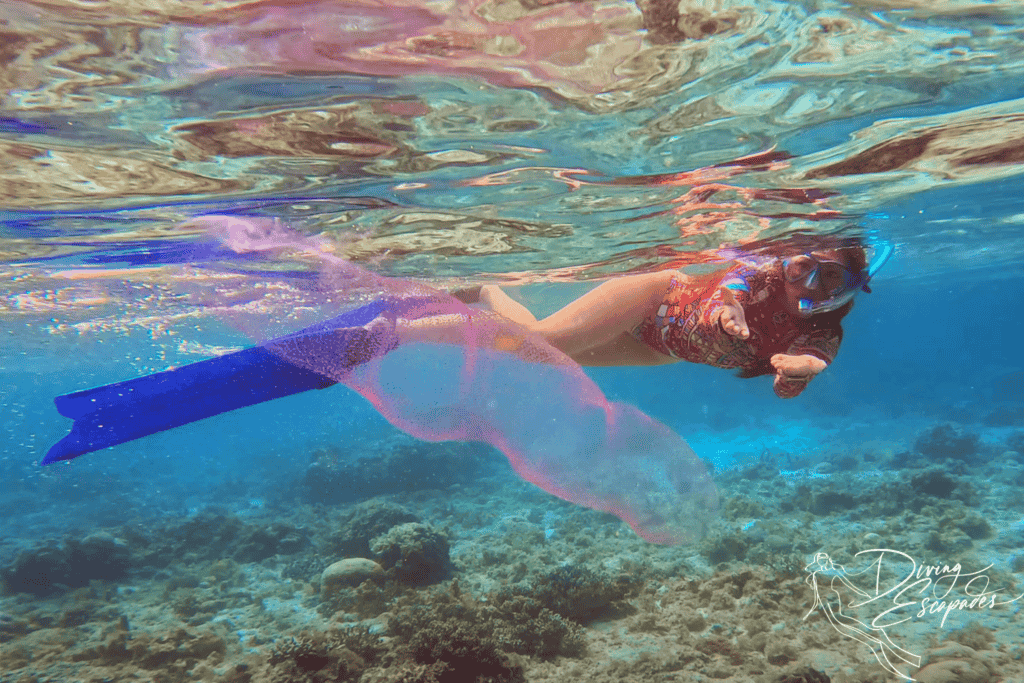
World Oceans Day: A Time for Awareness
This year, as we celebrate World Oceans Day, this encounter serves as a powerful reminder of how little we still know about the ocean and its inhabitants.
Each rare sighting, like this one, contributes to our understanding and appreciation of marine life, emphasizing the need for greater awareness and conservation efforts. By increasing our knowledge of these ecosystems, we can better protect and preserve them for future generations.
Realizing the rarity of my sighting filled me with awe and gratitude. It’s one thing to explore the beauty underwater, but quite another to witness something rare and significant. This experience has deepened my appreciation for marine biology and the hidden wonders of our oceans.
If you ever find yourself snorkeling in Moalboal or anywhere else in the world, keep your eyes open. You never know when you might stumble upon a natural marvel that could leave you both puzzled and amazed, just as I was.
Final Thoughts
This encounter with the diamond squid egg mass has been a reminder of the incredible biodiversity that our oceans hold and the importance of protecting these environments.
Each rare sighting, like this one, contributes to our understanding and appreciation of marine life and underscores the need for ongoing research and conservation efforts. Protecting these fragile ecosystems starts with us, and we can all contribute in meaningful ways.
On this World Oceans Day, let’s remember that the more we learn about our oceans, the better equipped we are to take care of them. Even simple actions, like picking up plastic whenever we see it at the beach or in the water, can make a significant difference.
Keeping our oceans clean not only preserves the beauty and health of marine habitats but also ensures that remarkable creatures, like the diamondback squid and its egg mass, continue to thrive. While you’re in Moalboal, be sure to explore other exciting things to do that will deepen your connection to the ocean and its wonders. Together, we can make a positive impact and safeguard these underwater wonders for future generations.
If you’re planning a trip to Moalboal, be sure to check out my other guides:
- Sardine Run in Moalboal – Learn all about one of the most famous underwater spectacles in the area.
- Where to Stay in Moalboal – Find the best accommodations to suit your travel style.
- Things to Do in Moalboal – Discover the best activities to make the most out of your visit.


